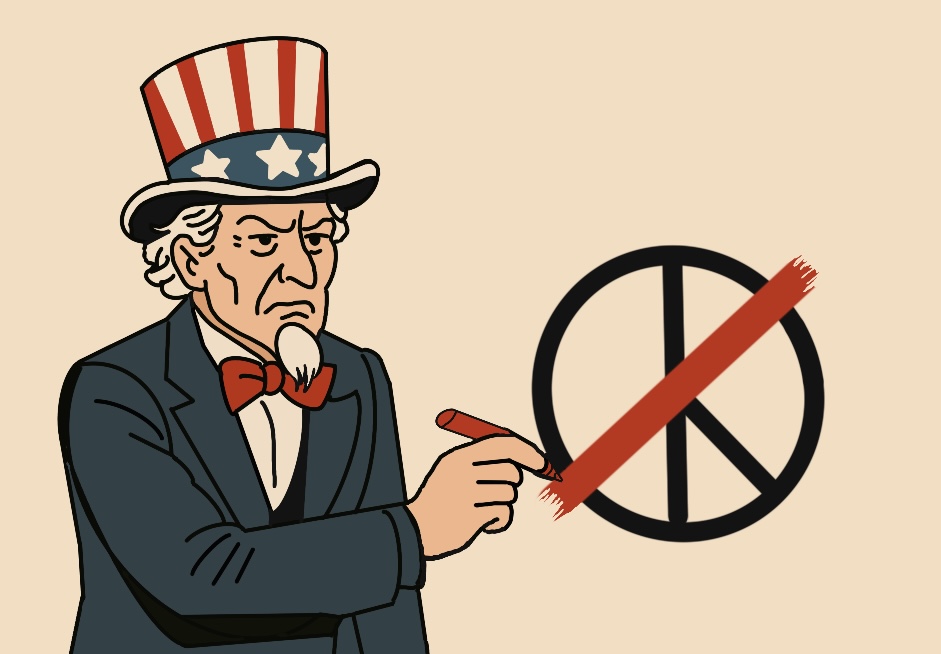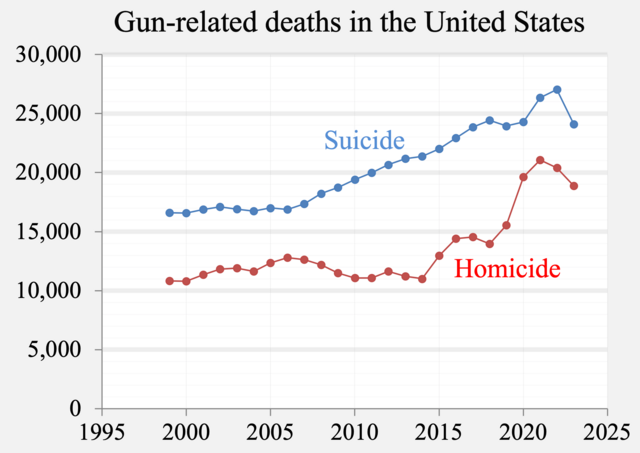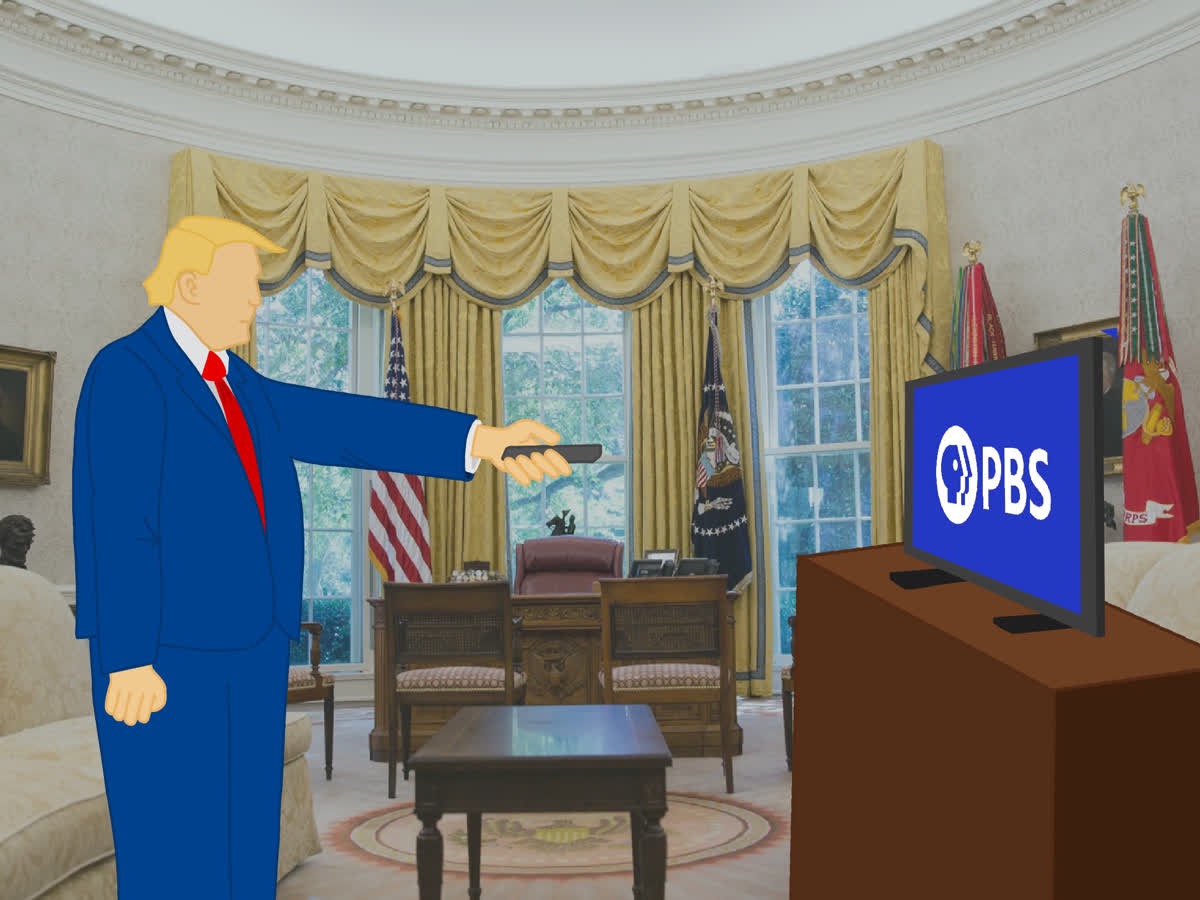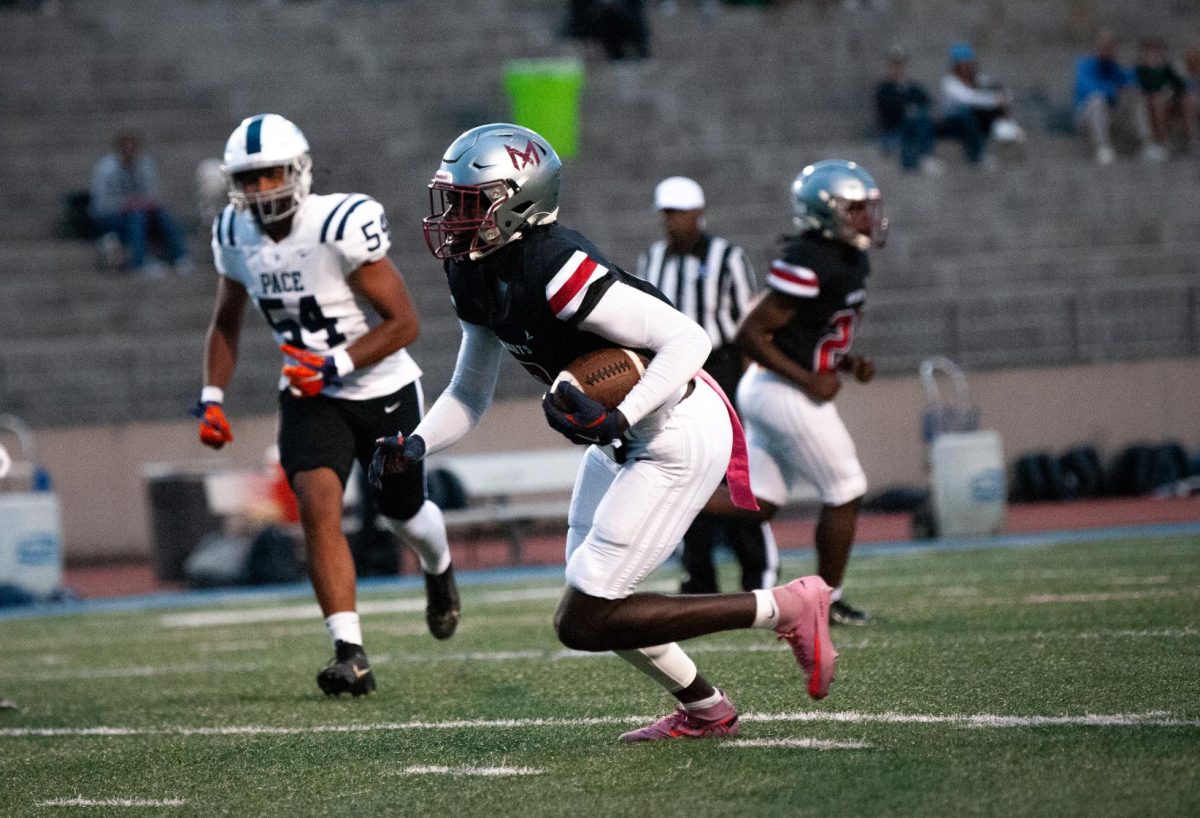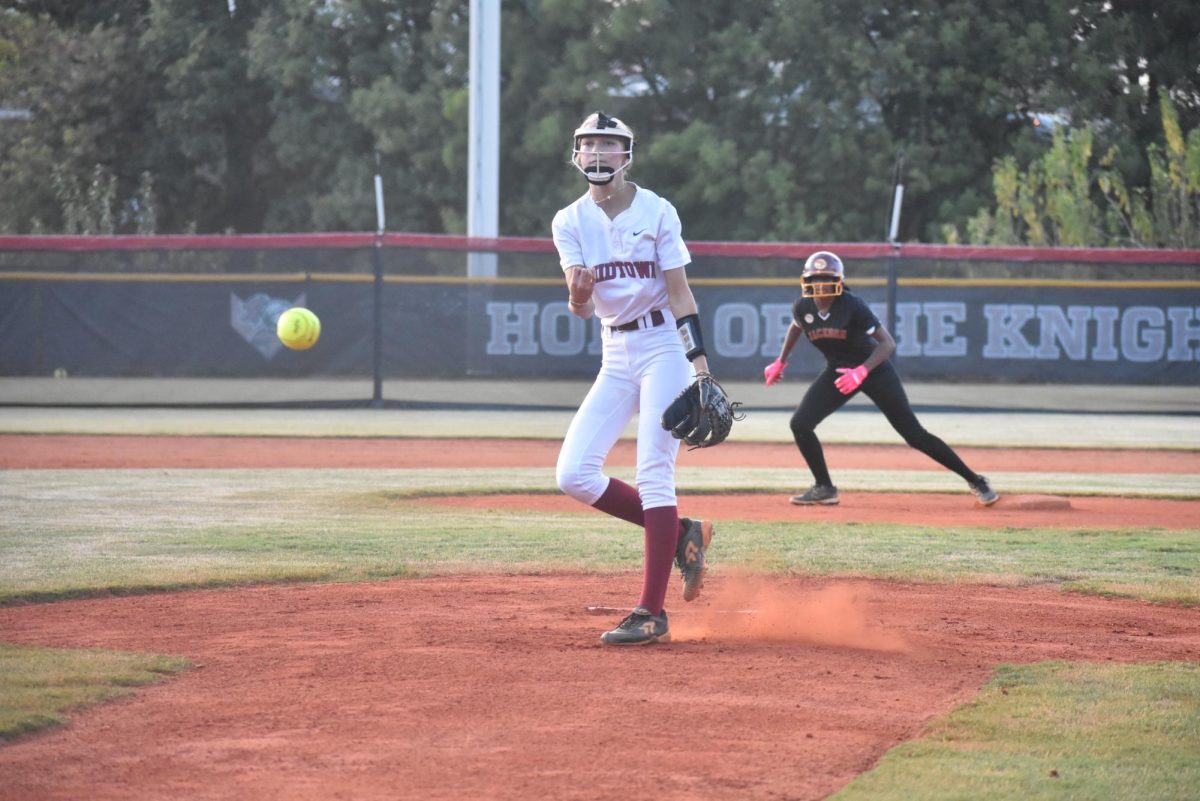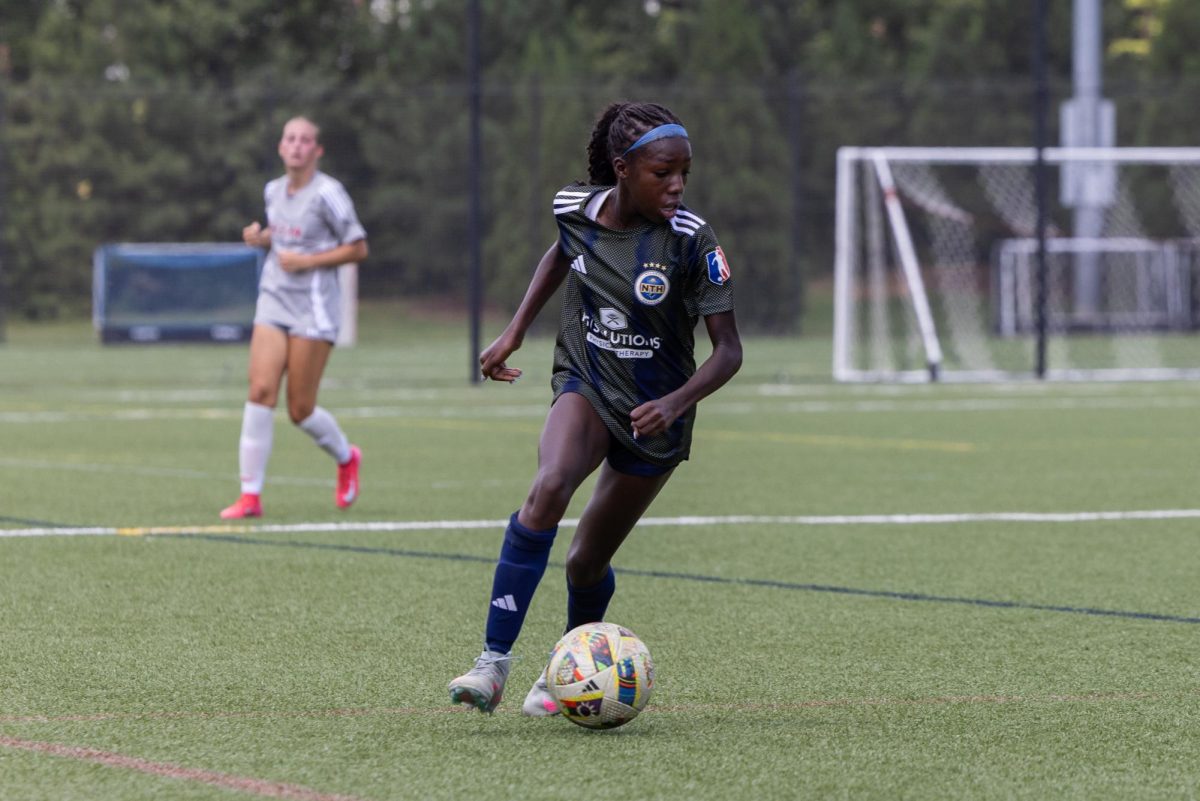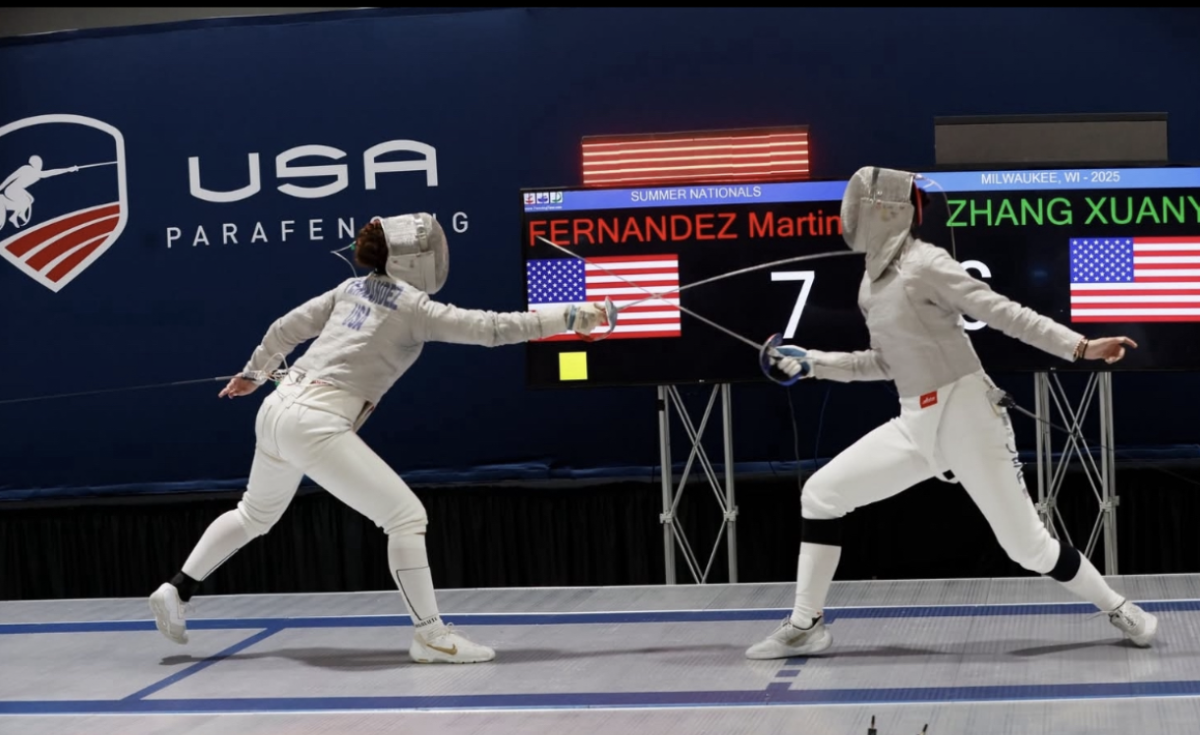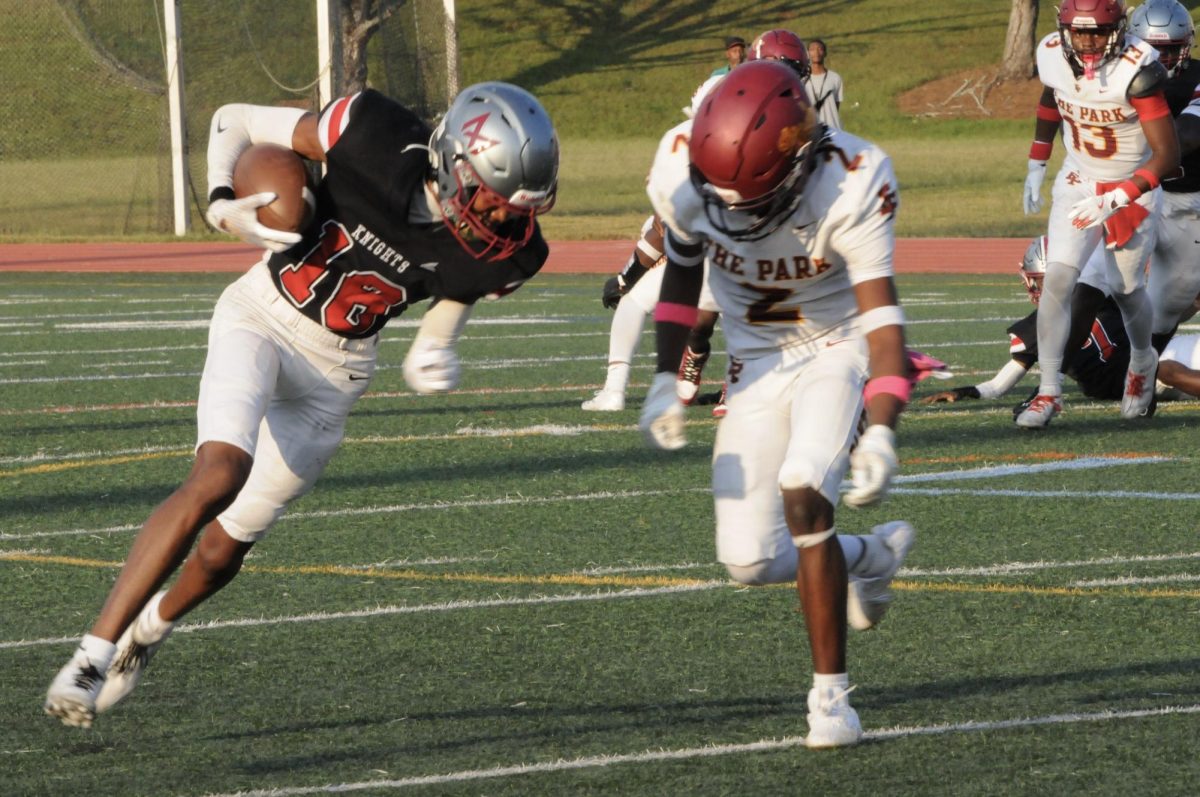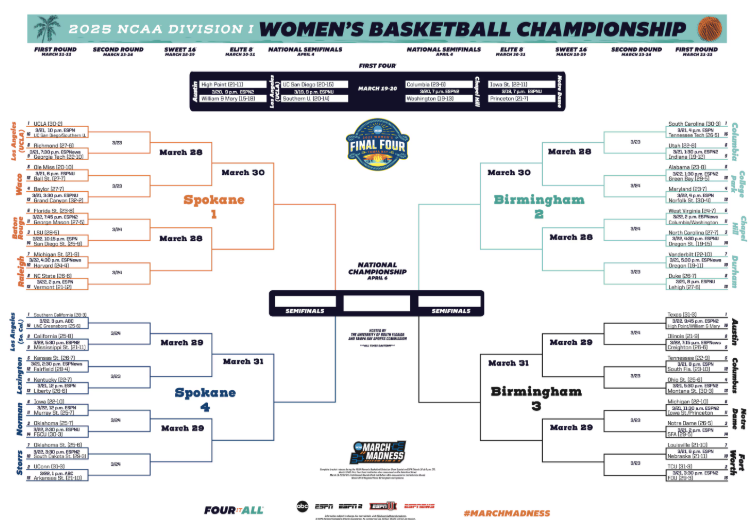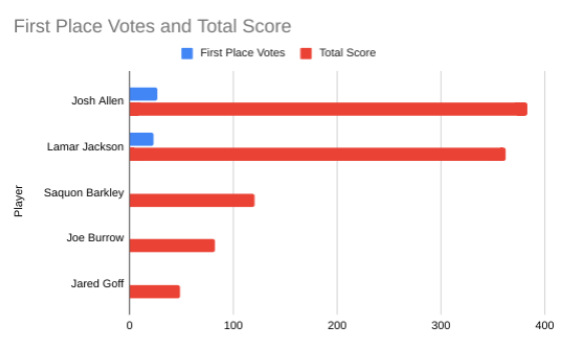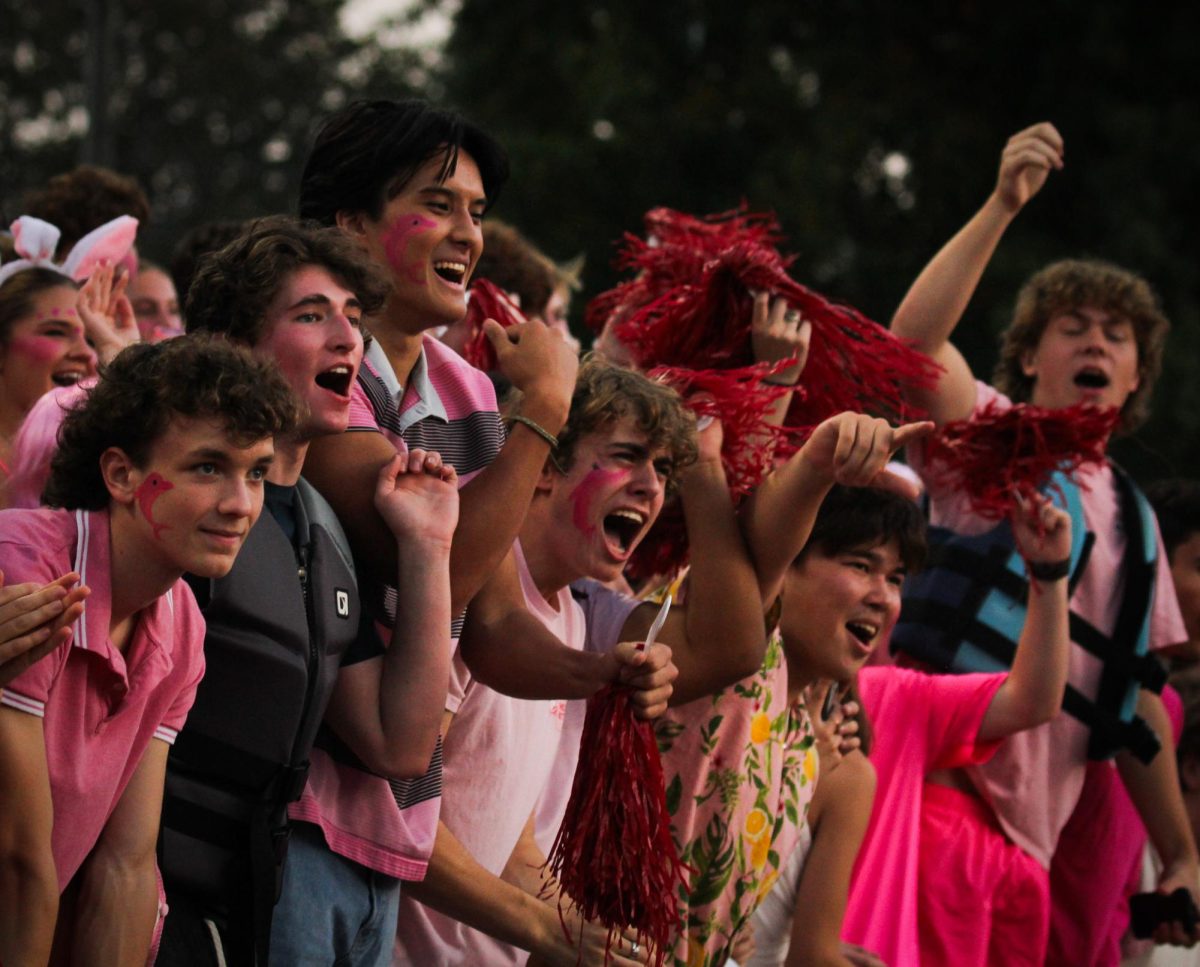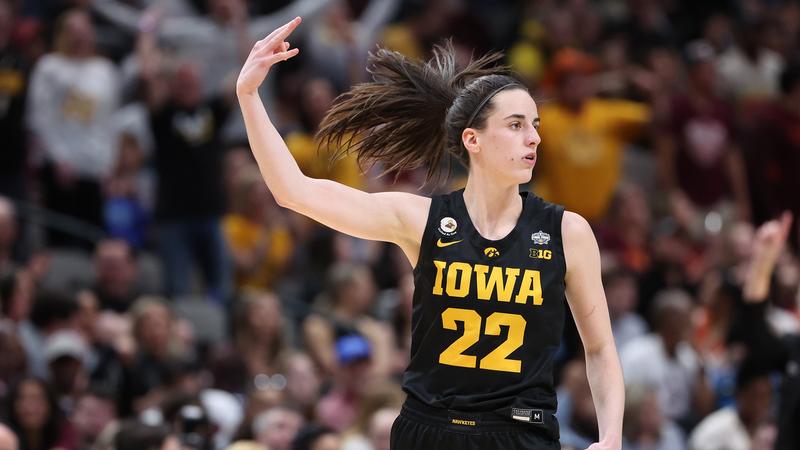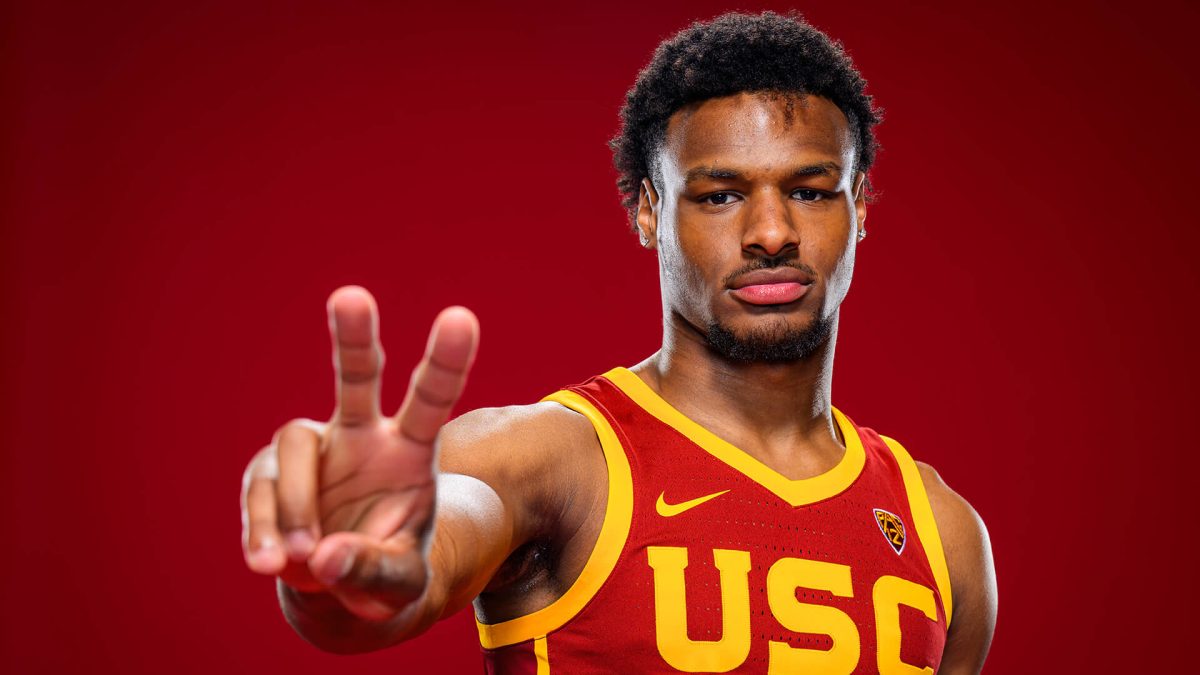Before Article X(new NBA draft eligibility rules), we have seen the best and the worst players come out of college. Lebron James and Kobe Bryant were drafted straight out of high school and were rookie sensations. On the other hand, there are the players coming out of high school who end up like Leon Smith and Korleone Young did, who needed some more maturity before they entered the NBA.
While it is a good idea to protect some of the less mature players out of high school by not allowing a direct jump from high school to the pros, it isn’t fair to restrict those who don’t need another year before the NBA. There are those few high school players that are perfectly prepared to succeed in the NBA, and delaying them for a year gives them the burden of unnecessary injury risk or possible value loss in the college game.
For example, Nerlens Noel was a number one draft prospect coming out of high school, but due to Article X, he was forced to play a year of college basketball at Kentucky. He subsequently collided with a Florida player, causing him to tear his ACL, therefore hurting his draft stock. If he had been able to immediately enter the NBA draft, he wouldn’t have had the opportunity to needlessly injuring himself a year before. He would be able to go straight to the NBA by his choice and start his career when he feels ready.
If a high school student is a good NBA prospect, college education for only one year is unnecessary and wastes the time of the player. One year in college isn’t enough to mature a player if he is extremely cocky from the many comments about him. If a player really needs to become more mature, they need to stay longer in college or spend some time in the NBA Development-League.
If the main goal of the one and done rule was to prevent General Manager’s in the NBA from making mistakes in the draft, the rule hasn’t solved for that. According to Tom Ziller of SB Nation, “Under the age minimum, you’d expect fewer busts in the top 10—those tempting high school kids are out of the equation. But GMs have still found a way to mess a good thing up.”
Ziller studied the four years before the age minimum and the four years afterward and found there was little difference in overall success rate of top-10 draft picks.The purpose of the rule was to protect young talent from entering the NBA when they aren’t ready, and statistics show this hasn’t even happened. While the one and done rule helps the NBA on a business scale, it hurts the league’s potential superstars.
If a player does feel he needs to mature, then one year in colleges definitely not long enough. In the MLB, a player can either go straight to the professional league, r choose to go to college for three years. A study conducted by Jim Sannes of numberfire.com showed that MLB prospects out of college had a higher success rate than prospects straight out of high school. Showing that extra years in college helps players develop skills necessary to succeed in the big time.
If a similar rule were used in the NBA, it would solve the controversy because it would give a player two choices that would both benefit his career: deciding whether to enter the draft out of high school or choosing to go straight to the professional league if he believes he is ready, or decide to go to college where he would have ample time to mature to get ready for the NBA.


